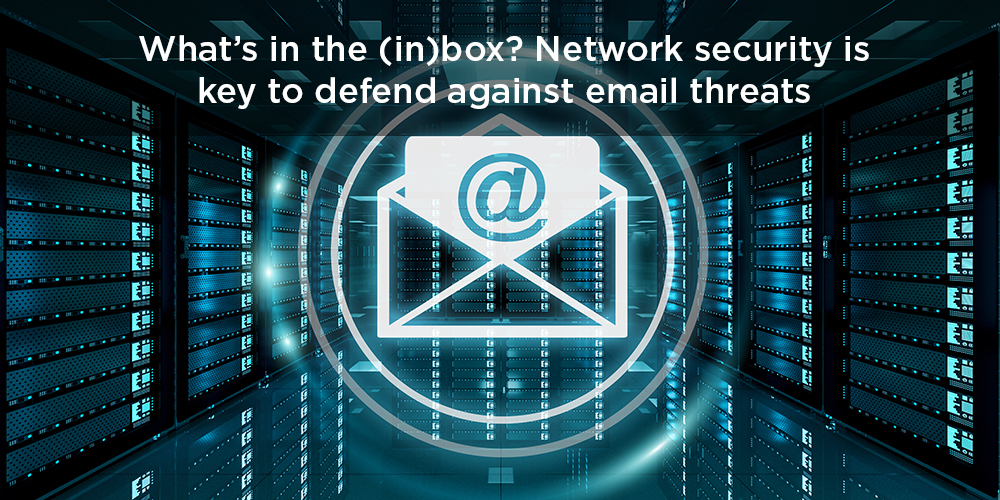Technology continues to create advantages such as increased mobility, agility, increased productivity, and innovation for organizations. However, as necessary and beneficial as technology is to organizations across the globe, it also presents increasing security concerns.
It follows, therefore, that maintaining network security should be a top priority not only for organizations but also for their stakeholders and the IT professionals tasked with ensuring digital infrastructure and data security. Below we share three must-knows for IT managers to secure networks against email threats.
2. Use an up to date spam filter and antivirus
Email security threats are still one of the biggest risks to organizations worldwide. In fact, according to a study conducted by PhishMe, more than 90% of hacking attacks today began with some email security compromise or an email phishing or spear-phishing attack. You only have to look at the headlines to realize that organizations fall prey to email security threats on a daily basis and these types of attacks are on the rise.
1. Design safe systems
Limiting access to your organization’s infrastructure will simultaneously reduce exposure to hackers and other cybercriminals. You can start by minimizing potential ‘soft spots’. This includes getting rid of unnecessary access to hardware and software and limiting user privileges to only essential infrastructure and programs. Furthermore, use unique email addresses, login details and domain names for each user and workgroup.
2. Use an up to date spam filter and antivirus
Whether you are currently working from home due to the pandemic or on an office network, it is vital to have proper scanning capability on your devices. Ensuring that all software is kept up to date is imperative. This includes regular security updates and downloading up to date patches to guard against new viruses and new versions of old threats.
3. Use email authentication
Protect your emails against spoofing phishing scams, and other crimes through domain-based message authentication, reporting and conformance. DMARC verifies that email messages are being sent from the correct domain. Despite this massive benefit, research indicates that only 39% of the Global 2000 companies make use of DMARC.
There is no time like the present to be proactive and become diligent about preventing email compromise and related attacks. Stage2Data’s technology partner, Heimdal™ Security, recently launched MailSentry Fraud Prevention and Email Security as an extra layer of defence against business email compromise attacks. It is designed to identify and prevent email fraud by offering protection that goes beyond a mere spam filter or act as a specialized add-on to any spam filter already in place to bolster protection against malware, ransomware, and other enterprise threats.
5 Ways Next-Gen Data
Management Boosts Cyber Resiliency
If you found this post interesting, you might enjoy these too:
How business leaders can manage the security risk of working from home during COVID-19
3 Best practices for remote workers to counter cybersecurity challenges
Network Recovery-As-A-Service: Five Factors (Besides Disasters) That Can Cause A Network Failure


